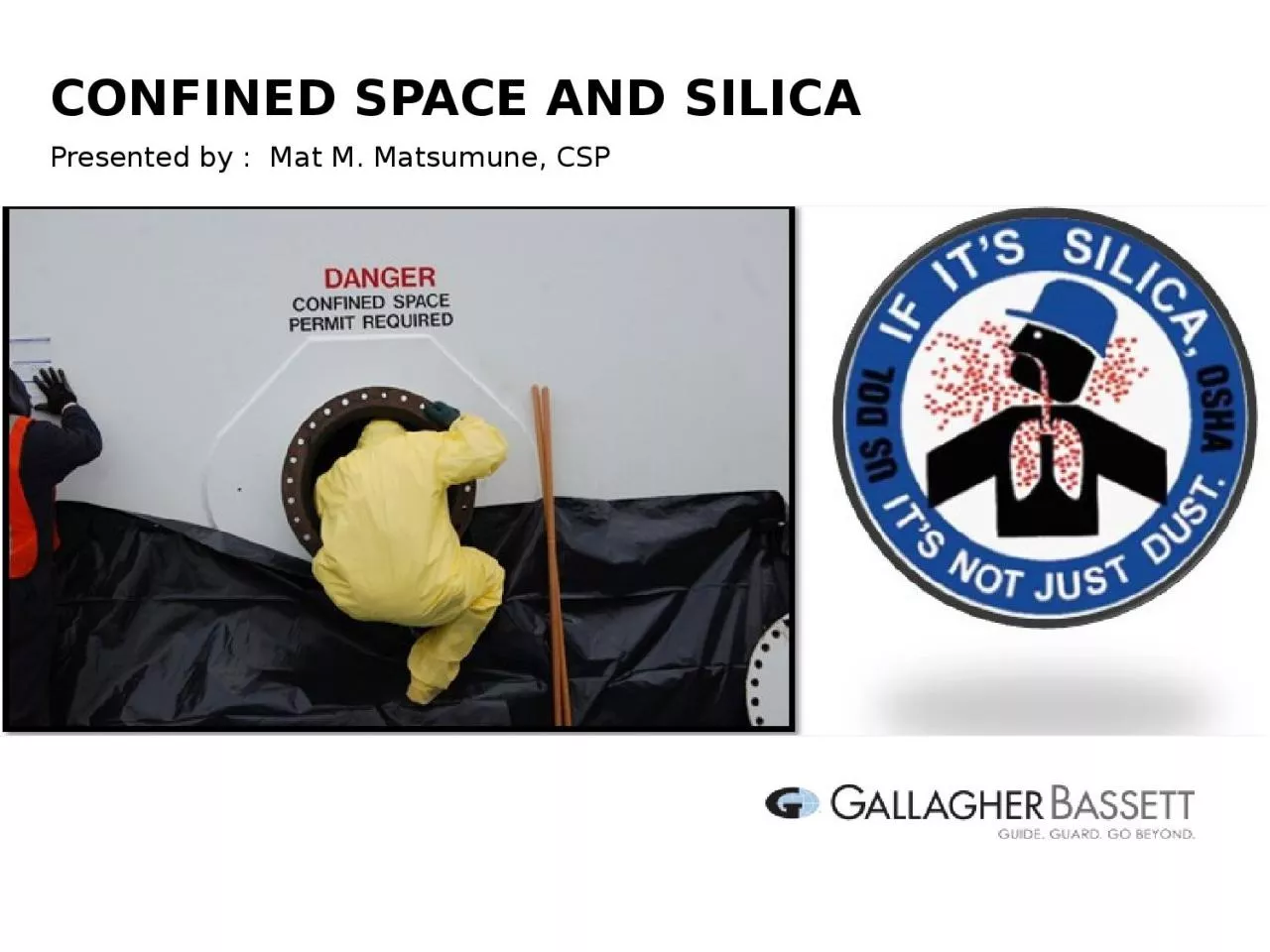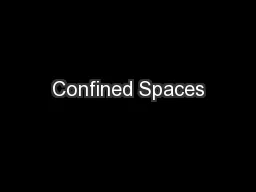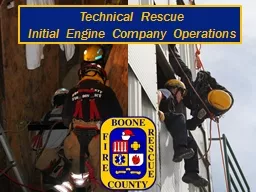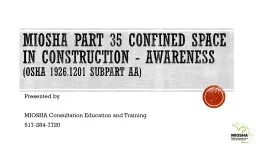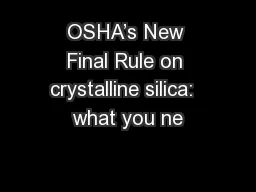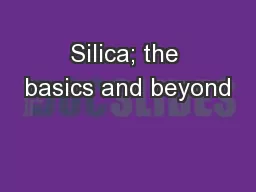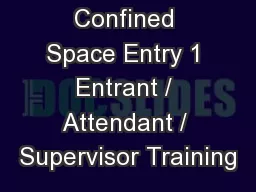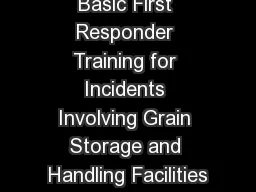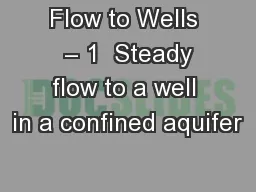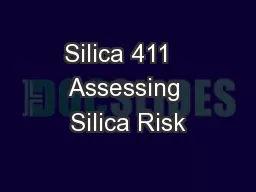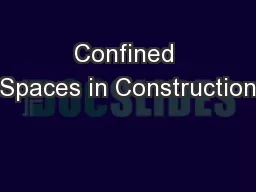PPT-Confined Space and silica
Author : julia | Published Date : 2024-01-03
Presented by Mat M Matsumune CSP Safety Managers Coordinators Directors etc HRrelated Other What 2 3 4 Agenda 5 Confined Space What is it Silica Do they affect
Presentation Embed Code
Download Presentation
Download Presentation The PPT/PDF document "Confined Space and silica" is the property of its rightful owner. Permission is granted to download and print the materials on this website for personal, non-commercial use only, and to display it on your personal computer provided you do not modify the materials and that you retain all copyright notices contained in the materials. By downloading content from our website, you accept the terms of this agreement.
Confined Space and silica: Transcript
Download Rules Of Document
"Confined Space and silica"The content belongs to its owner. You may download and print it for personal use, without modification, and keep all copyright notices. By downloading, you agree to these terms.
Related Documents

